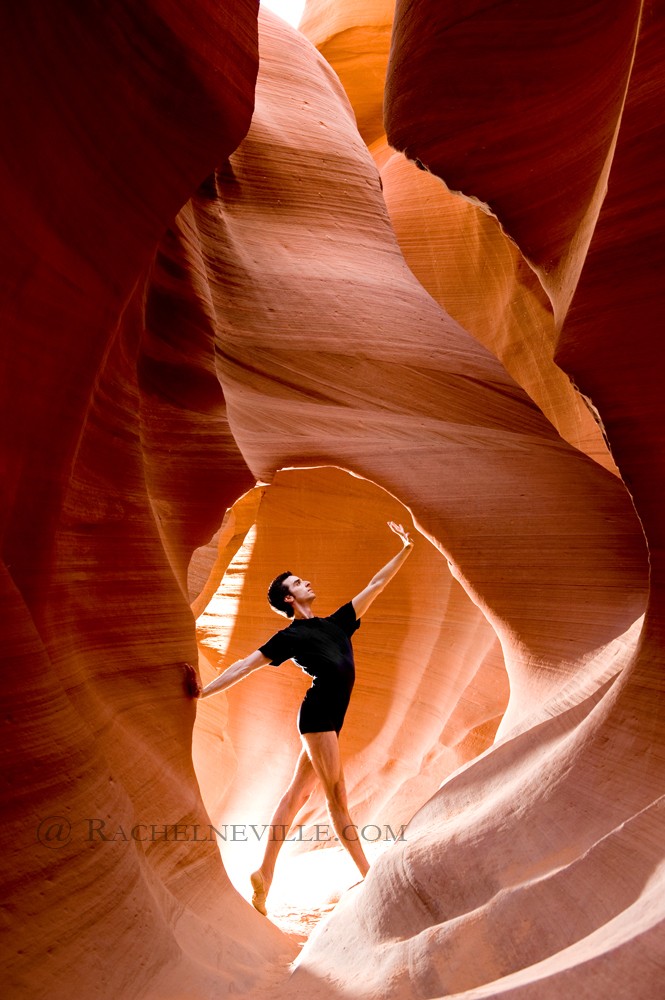The other night I had the rare opportunity to have a really in depth, great conversation of one of my dear friends here in NYC, Ursula Verduzco. It was one of those sit back with a glass of something and talk about everything nights… (if you have kids you know how rare that is!).
I was so struck by one of the comments she made, she said “arts is just so basic to life.” What a concept… art as a basic to life. Probably to all of us that live in it and try to make some sort of living out of it, that just seems in passing like a normal thing to us. But as I really thought about it, I became more and more hyped up.
At what point does art stop being a basic? Obviously this is happening in North America and is beginning to be the case throughout Europe. The lack of funding is a primary example. The NEA’s appropriations budget for 2011 is almost exactly the same as it was 30 years ago, regardless of inflation or a nearly 30% increase in the population.
As my daughter becomes a toddler and we are exploring colors and crayons, shapes and shades, I am wondering what has happened here. It seems like our first 5 – 8 years are filled with art as a way to explore and experience the world, learn about others and how to express ourselves. What changes as we move further in our development as a human and as a group? When do tests and statistics become more important than our experiences here on this planet? Why does it seem like those that end up working with numbers, graphs, briefs and reports, or manufacturing endless “widgets” are more valuable than those of us that create?
Food for thought this week…


Rachel, your comments about arts funding is interesting to me. In ages past, artists relied on wealthy patrons, large institutions (the church), and local governments (Florence etc). These patrons wanted to show the world how cultured, wealthy, influential and powerful they were by commissioning the very best artists they could. The result is a set of masterpieces that have stood the test of time, and so, this is how we conventionally view art.
In taking on this “masterpiece” view, we forget the basics of art, like drawing or photography for pleasure or because we have something to say. This art is most times of little to no commercial value, but it is still art and still valuable. I also believe that creativity is part of what makes us human.
Great article. Very thought provoking.